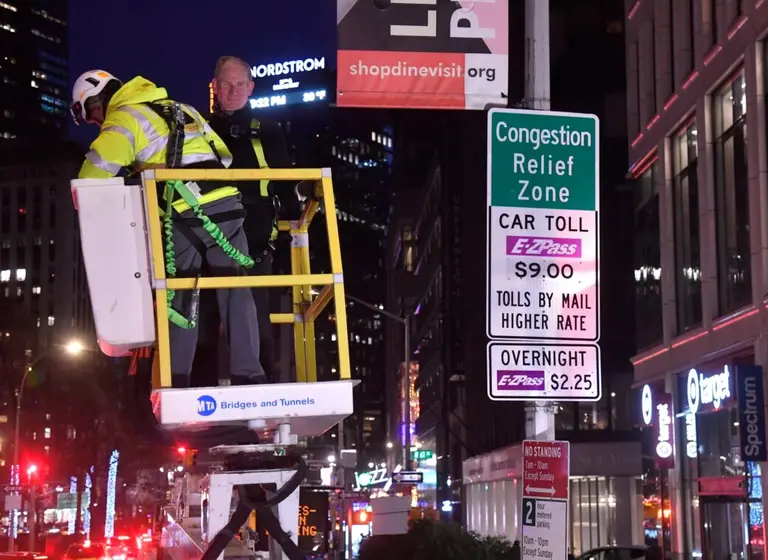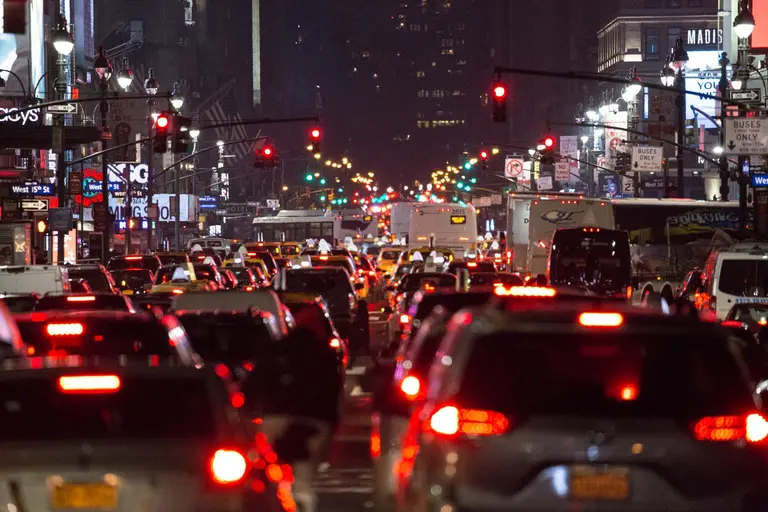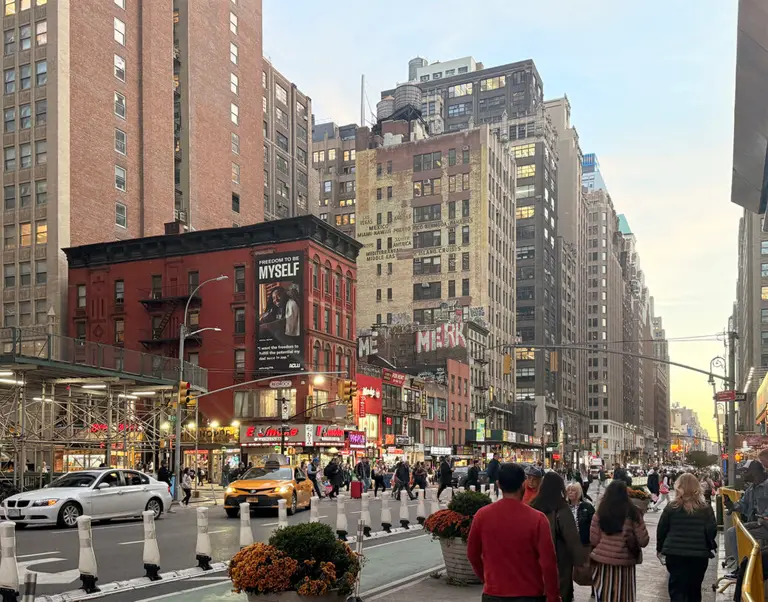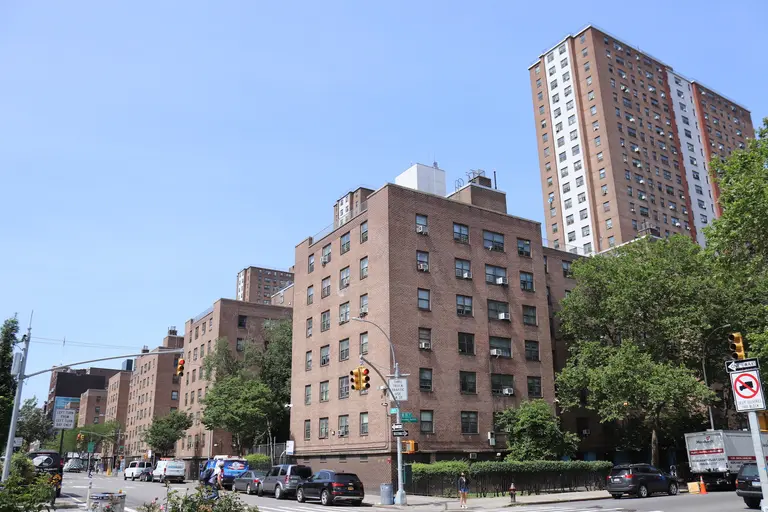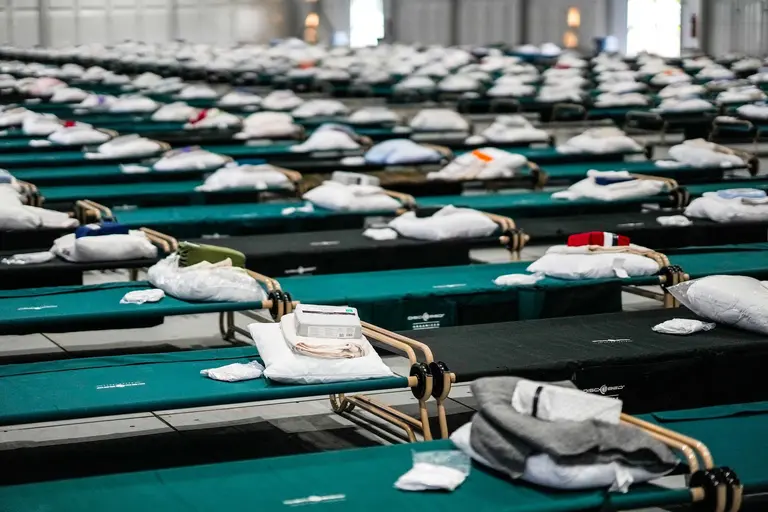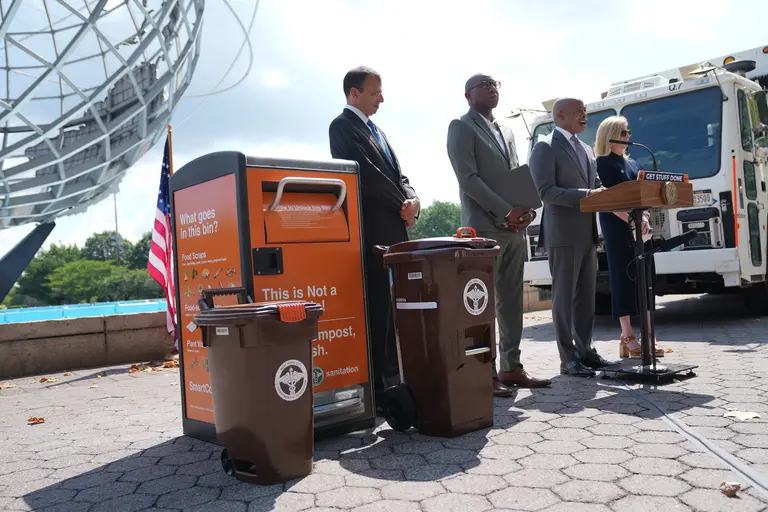Grand Central-Times Square shuttle gets full cell service
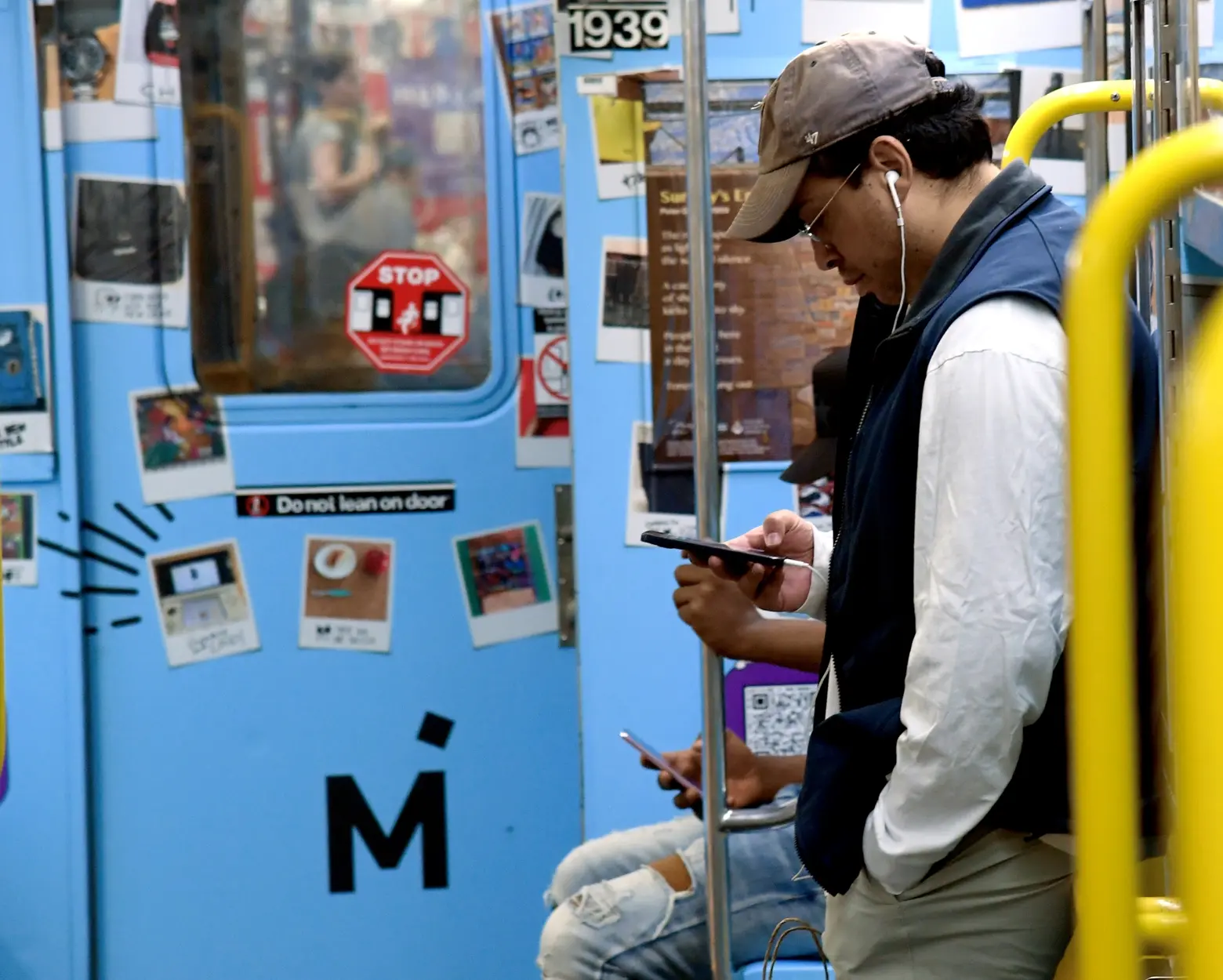
Photo credit: Marc A. Hermann / MTA on Flickr
The shuttle connecting Grand Central Terminal and Times Square now has full cell service. The Metropolitan Transportation Authority on Wednesday announced the installation of 5G wireless service on the 42nd Street Shuttle line, marking the MTA’s first step in adding connectivity to all 418 track miles of subway tunnels. The new service, made possible through a public-private partnership with Boldyn Network, allows Verizon Wireless, AT&T, and T-Mobile customers to take a phone call or browse the internet while traveling between the two stations.
The 42nd Street Shuttle is the first subway line to receive 5G connectivity under a public-private agreement with Boldyn Network, formerly Transit Wireless. Boldyn has installed a “high-capacity, low-latency” network, enabling Verizon, AT&T, and T-Mobile customers to stay fully connected, even during rush hour.
The agreement pledges to bring cell coverage to all subway tunnels between stations and expand WiFi service to all 191 above-ground subway stations and 21 Staten Island Railway stations by 2032. As 6sqft previously reported, the project will cost $600 million.
Infrastructure for 5G service is being installed at stations undergoing capital improvements, including the G line’s signal modernization, the 1.1-mile Joralemon Street Tunnel serving the 4 and 5 lines between Brooklyn and Manhattan, and along five miles of tracks on the 4, 5, and 6 lines as north as 161st Street.
The L Train tunnel was the first to receive full cell phone service in 2020 after post-Hurricane Sandy repairs and other upgrades were completed on the line.
“MTA has now developed a reputation as a first-class construction operation, getting our projects done on time and on budget: third track, L train, Times Square shuttle, all that work on time and on budget. It’s not the old MTA. It’s the new MTA,” MTA Chair and CEO Janno Lieber said.
“What we’re doing here is the most efficient way to bring cell connectivity: every time we go to do work in a tunnel, we’re going to say to our friends at Boldyn, come on in. Be ready, pull that cable. Install that infrastructure. Take advantage of the outage. It’s going take a few years, but we’re going to make the entire system fully connected in the most efficient way possible, which is during other construction outages.”
As Boldyn continues to build the necessary infrastructure, the MTA will receive a share of the revenue the wireless company earns from cell providers. The project is expected to generate more than $1 billion in benefits for the MTA and its customers throughout the agreement.
RELATED:

